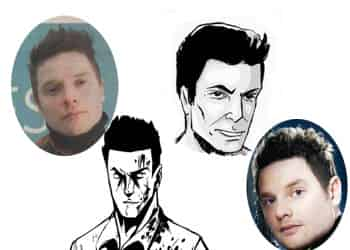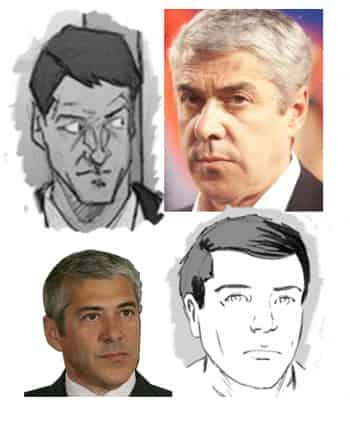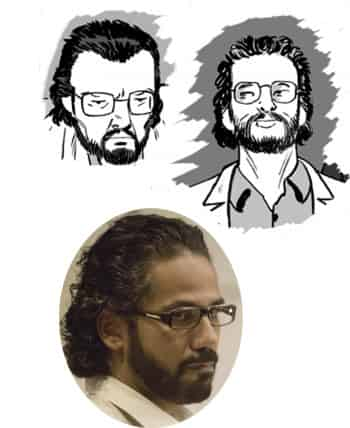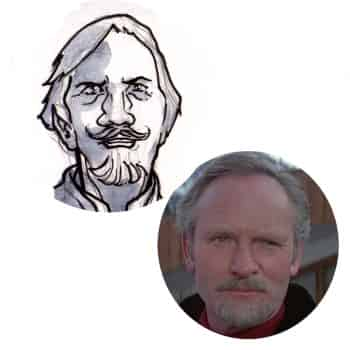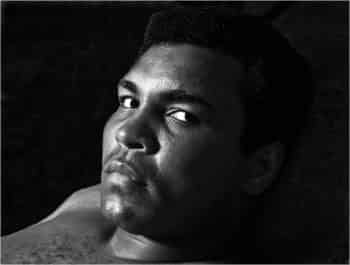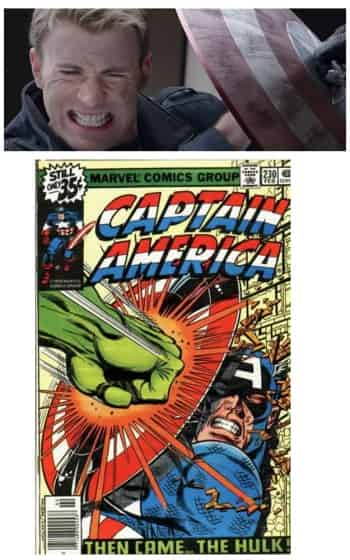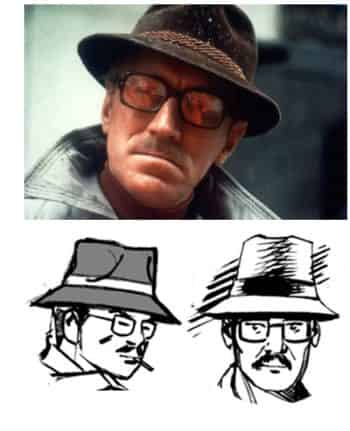
Inspiration
The creative process is a conversation
We all know that, today, almost every story has already been told. And art doesn’t arise out of nothingness. Writers, painters, directors and other artists create their work in communion with their environment. So we admire a director like Quentin Tarantino who’s not afraid to announce his influences.
Andrew Wheeler says it well: “Star Wars was inspired by Flash Gordon. A Song of Ice and Fire owes a debt to The Lord of the Rings. Harry Potter offers an answer to The Chronicles of Narnia. Breaking Bad takes its lead from The Godfather. Jason Bourne took shape against James Bond.
“Art exists in conversation with that which came before it, and that’s as true in comics as in any other narrative form. […]Everyone who tells stories or creates art is a critical thinker, responding to ideas with ideas of their own. There aren’t just two types of people. Makers are critics.” (“‘If You Don’t Like It, Make Your Own’ Is a Terrible Argument, but a Great Idea,” http://comicsalliance.com, September 2, 2015).
So we don’t have any hang-ups about presenting what has inspired sections of our stories, or even whole stories.
What’s troubling though is unintentional borrowing. It is possible that certain parts of a given film or novel made an impression, without us remembering it explicitly. Kate Willaert talks about this phenomenon: “Being such a huge Jack Kirby fan, is it possible Alan Moore read this story at some point and simply forgot about it? Or for that matter, could The Architects Of Fear writer Meyer Dolinksy have read it?
“A creator forgetting they encountered an idea elsewhere isn’t an uncommon phenomenon, especially in the music world. Paul McCartney has a famous story about how while writing “Yesterday,” he became paranoid that he might’ve accidentally nicked it from somewhere. After playing it for just about everyone he knew and no one saying they recognized it, he felt confident that it was completely original.” (“Did Watchmen Steal From the Outer Limits, Or From Jack Kirby?” http://www.comicsbeat.com, August 10, 2015).
In a world like ours, we really have to stop looking for plagiarism. We should admit our influences and honour them. The word plagiarism should only be applied to outright copying, and not to borrowing. Otherwise, we could never again see any of Tarantino’s movies.




